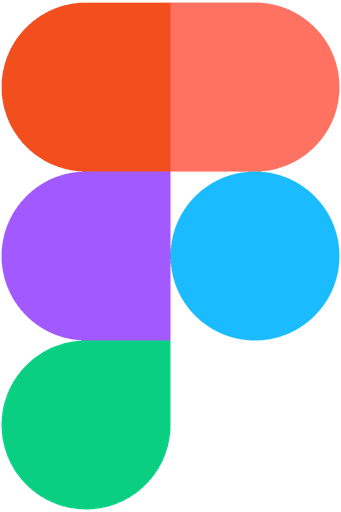The White Club
The white club is a B2C Indian garment manufacturer, boasting over 25 years of industry leadership, renowned for crafting high-quality, ready-to-wear apparel. Their extensive product range enables them to craft diverse design narratives, catering to a wide local client base
Hyderabad, Telangana, India
1998
Apparel/Fashion Industry
B2C
Challenge
The white club was loosing many customers due to their poorly designed application and outdated tech stack. They also needed to provide their customers an exceptional shopping experience
Results
The redesigned website features a clean, clutter-free interface, making it easier for users to navigate and access essential features
The addition of exceptional shopping and checkout experience with an enhanced user engagement, leading to a 25% increase in user retention rates
Process:
Lightning Talks
On the kick off day we began the design process with lightning talks from the stakeholders involved to understand their perspectives on the problem being presented and understand their motivations and drive. We also wanted them to walk us through the product to understand what they felt were issues and also understand the market that they were operating in.
Questions Raised
So I started by trying to answer some basic questions for myself:
✅ Understanding the product and the features that exist today
✅ Researching competitors to evaluate the standard of design in the industry.
✅ Evaluate the current product and the problems with it
Pain Points
As the lightning talk went on I quickly realized that there was a higher focus on the pain points of the current product.
No matter what direction I navigated the conversation it would eventually come back to only the pain points.
So I decided to take some time and have the stakeholders just list all the pain points that they or their users have ever brought up and started documenting them.
Heuristic Evaluation
I then presented the heuristic evaluation that I had done as part of my pre-sprint research to the stakeholders and walked them through the many issues that I was able to determine in the current product.
The goal with both the pain points and the heuristic evaluation was to determine if all the issues that were being presented by the stakeholders were actually issues or were they results of bad design in the current product. (Spoiler alert: Most of them were)
Design Direction
Once I had the path that needed to be designed I wanted to get started with some low fidelity designs. But from my previous experience I first wanted to understand what the stakeholders had in their minds and what they were envisioning as part of the solution. So I made them do a sketching exercise based around crazy 8’s to have them show and tell their perspective.
Having the stakeholders put their vision on a scale within the options shown to them helps understand exactly the direction I need to proceed. This is a learning from previous projects that I have carried over.
High Fidelity Designs
With a high amount of clarity that has been established due to the process that was followed so far, I started to build the high fidelity version of the product.
“ With our new visual branding and language in place, the new website clearly captures the essence of our current and target customer base, I'm really happy with the work delivered by Datta ”
Tobias Lütke
CEO, Co-founder | Shopify










